Scientists from the Marine Megafauna Foundation and Murdoch University, through a collaborative effort including the public, are reporting a large number of manta rays in the waters of Komodo National Park, an Indonesian UNESCO World Heritage Site, suggesting the area may hold the key to the regional recovery of the vulnerable species.
Reef mantas (Mobula alfredi), which grow up to 5.5 meters (18 feet) wide, tend to reside and feed in shallow, coastal habitats. They also visit ‘cleaning stations’ on coral reefs to have parasites, or dead skin picked off by small fish. Courtship ‘trains’ are also observed adjacent to cleaning stations. In Komodo National Park, manta rays are present year-round, challenging the famous Komodo dragon as the most sought-after megafauna for visitors.
Scientists teamed up with the dive operator community serving the Komodo National Park to source identification photographs of manta rays visiting the parks’ waters and submit them to MantaMatcher.org — a crowdsourced online database for manta and other rays. Most of the photographs came from just four locations from over 20 commonly visited by tourism boats.
“I was amazed by how receptive the local dive community was in helping collect much-needed data on these threatened animals,” said lead author Dr. Elitza Germanov. “With their support, we were able to identify over 1,000 individual manta rays from over 4,000 photographs.”
Individual manta rays are identified by their unique and sometimes striking abdominal patterns. Dr. Andrea Marshall, principal scientist and co-founder of the Marine Megafauna Foundation saw the potential to engage the public with data collection for these threatened and understudied marine animals and worked with software company WildMe to develop an online wildlife database platform (MantaMatcher.org) to match and catalog manta rays in different populations around the world.
“People love manta rays — they are one of the most iconic animals in our oceans. The rise of the number of people engaging in SCUBA diving, snorkeling and the advent of affordable underwater cameras meant that photos and videos taken by the public during their holidays could be used to quickly and affordably scale data collection,” said study co-author Dr. Andrea Marshall.
The photographs and accompanying time and location information is then used to construct sighting histories of individual manta rays, which can then be analyzed with statistical movement models. These models can predict the likelihood that manta rays are inhabiting or traveling in between specific sites. The study’s results showed that some manta rays moved around the park and others as far as the Nusa Penida MPA, which lies more than 450 km (280 miles) to the west, but overall, manta rays showed individual preferences for specific sites within the Park.
“I found it very interesting how some manta rays appear to prefer spending their time in some sites more than others, even when sites are 5 km (3 miles) apart, which are short distances for manta rays,” said Dr. Elitza Germanov. “This means that manta rays which prefer sites where fishing activities continue to occur or that are more popular with tourism will endure greater impacts” she adds.
Fishing activities have been prohibited in many coastal areas within Komodo NP since 1984, including at manta ray habitats, offering some protection to manta rays that predates the 2014 nationwide protection. However, due to illegal fishing activity and manta rays’ movements into heavily fished waters, manta rays continue to face a number of threats from fisheries. About 5% of Komodo’s manta rays have permanent injuries that are likely the result of encounters with fishing gear.
The popularity of Komodo National Park for tourism grew throughout the study, resulting in a 34% increase in tourism boats visiting manta ray sites. An increase in boating activity and excessive divers and snorkeling activity can negatively impact manta rays and their habitats. In 2019, the Komodo National Park Authority introduced limits on the number of boats and people that visit one of the most famous manta sites.
“This study shows that the places where tourists commonly observe manta rays are important for the animals to feed, clean, and mate. This means that the Komodo National Park should create measures to limit the disturbance at these sites,” said Mr. Ande Kefi, an employee of the Komodo National Park involved with this study. “I hope that this study will encourage tourism operators to understand the need for the regulations already imposed and increase compliance,” he adds.
The authors of the study make additional recommendations for enhancing manta ray conservation within the Komodo National Park, which can also serve as guidelines for manta ray habitats elsewhere in the world. Limiting the number of tourism boats allowed at one time at all manta ray aggregation sites and making codes of conduct for diving and snorkeling with manta rays mandatory are proposed as ways to minimize the impact of tourism.
Despite Indonesia’s history with intensive manta ray fisheries, Komodo National Park still retains large manta ray aggregations that with careful ongoing management and threat reduction will benefit regional manta ray populations. The study highlights that marine protected areas that are large enough to host important manta ray habitats are a beneficial tool for manta ray conservation.
Reference: “Residency, movement patterns, behavior and demographics of reef manta rays in Komodo National Park” by Elitza S. Germanov, Simon J. Pierce, Andrea D. Marshall, I. Gede Hendrawan, Ande Kefi, Lars Bejder and Neil Loneragan, 16 May 2022, PeerJ.
DOI: 10.7717/peerj.13302
The research was supported by the Australian Postgraduate Award & Murdoch International Top Up (EG), Dive Operators Community of Komodo, Ocean Park Conservation Foundation, Foundation FortUna, Mantahari Oceancare, Fish-Are-Friends, SeaMorgens, Arenui, R. Horner and other private donors.
The data for this 5-year long study was obtained from citizen scientists and trained observers submitting ID photos to the global manta ray database, www.mantamatcher.org. 1,085 reef manta rays were identified from 3,941 sightings that occurred between 2013 – 2018 based on their unique ventral coloration patterns.
Manta ray protection within Indonesia came largely in response to the growth of the manta ray tourism industry. Indonesia is ranked 2nd in the world for manta ray tourism, with an estimated value of USD $15 million per year. The Komodo National Park encompasses a total area of 1,733 km2 (669 miles2) with 603 km2 (233 miles2) being land.

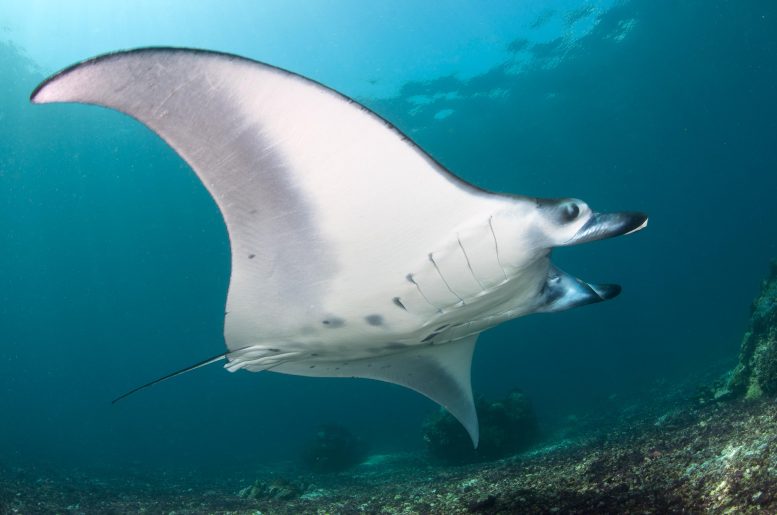
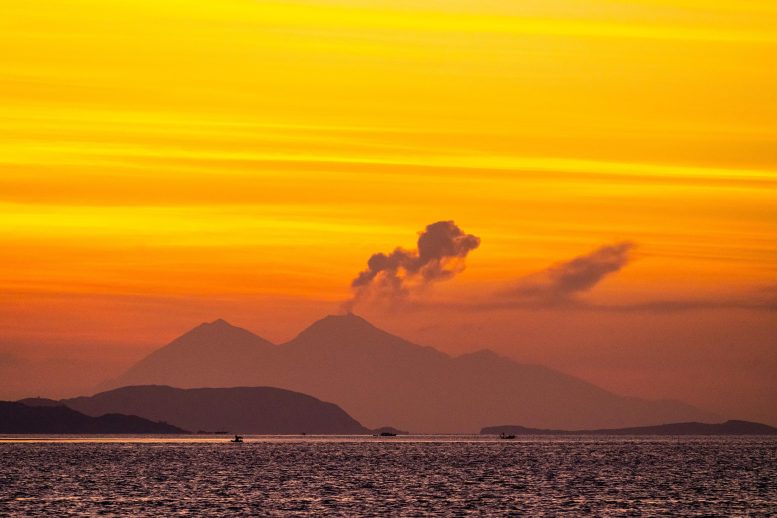
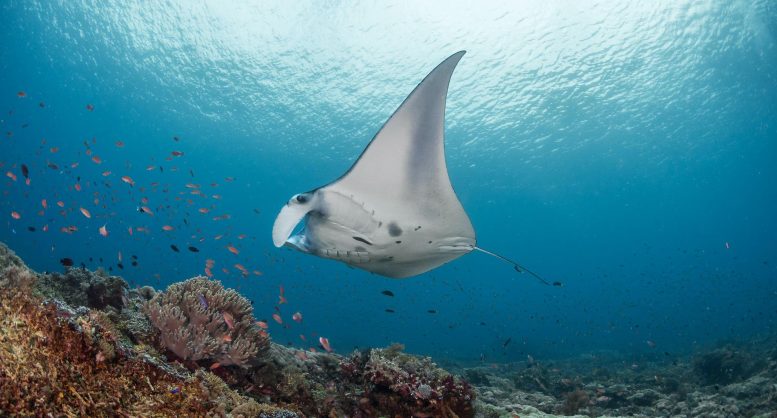
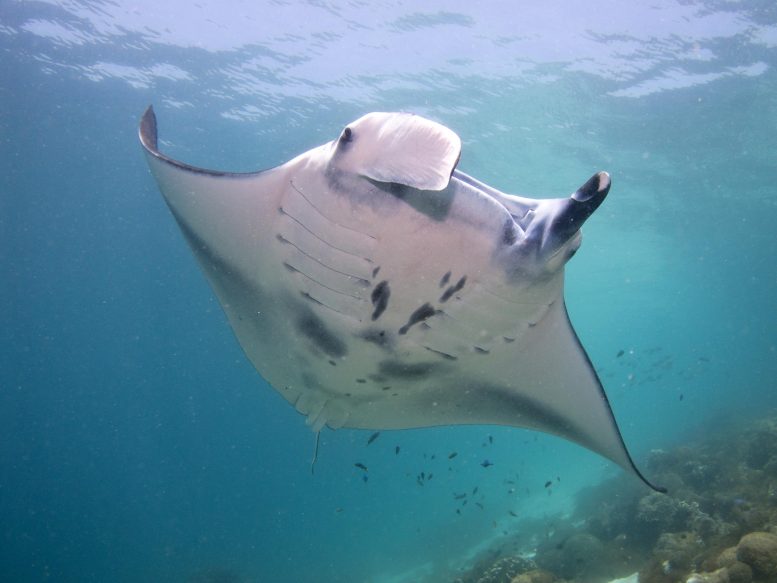
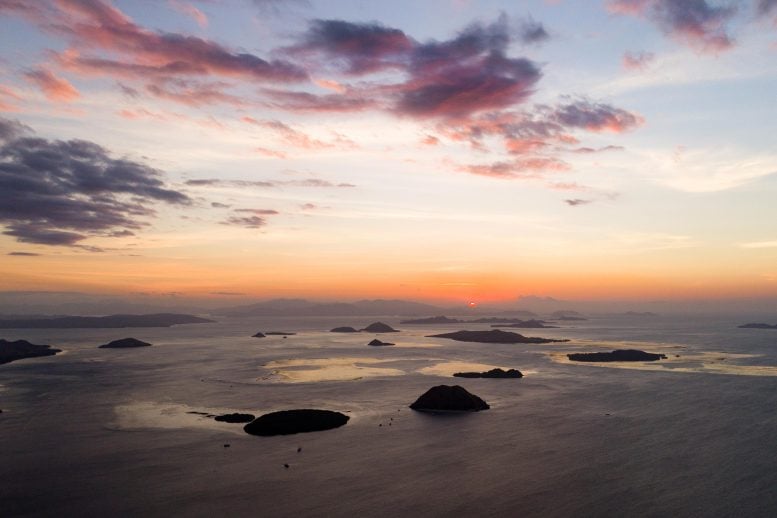
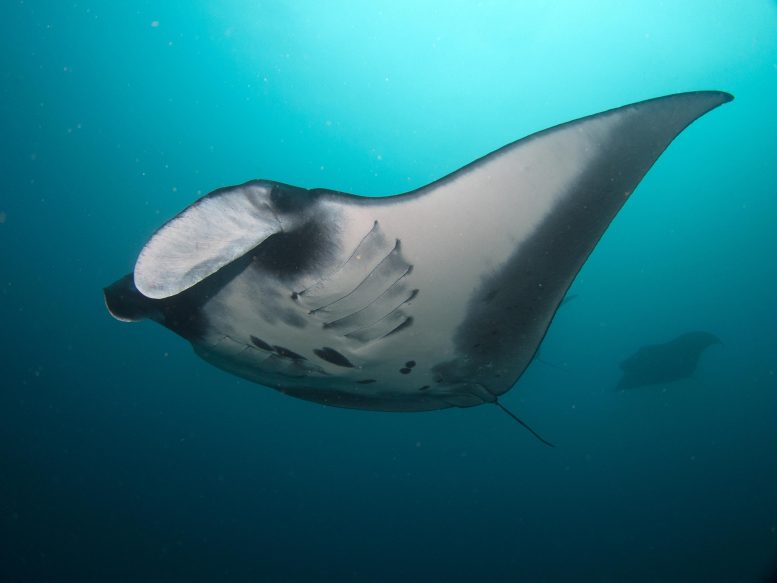

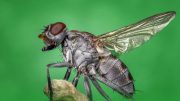
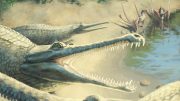
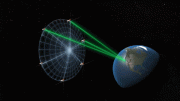
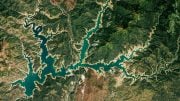

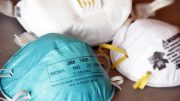
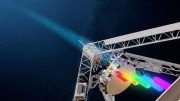
Be the first to comment on "Komodo National Park Is Home to Some of the Largest Manta Ray Aggregations in the World"